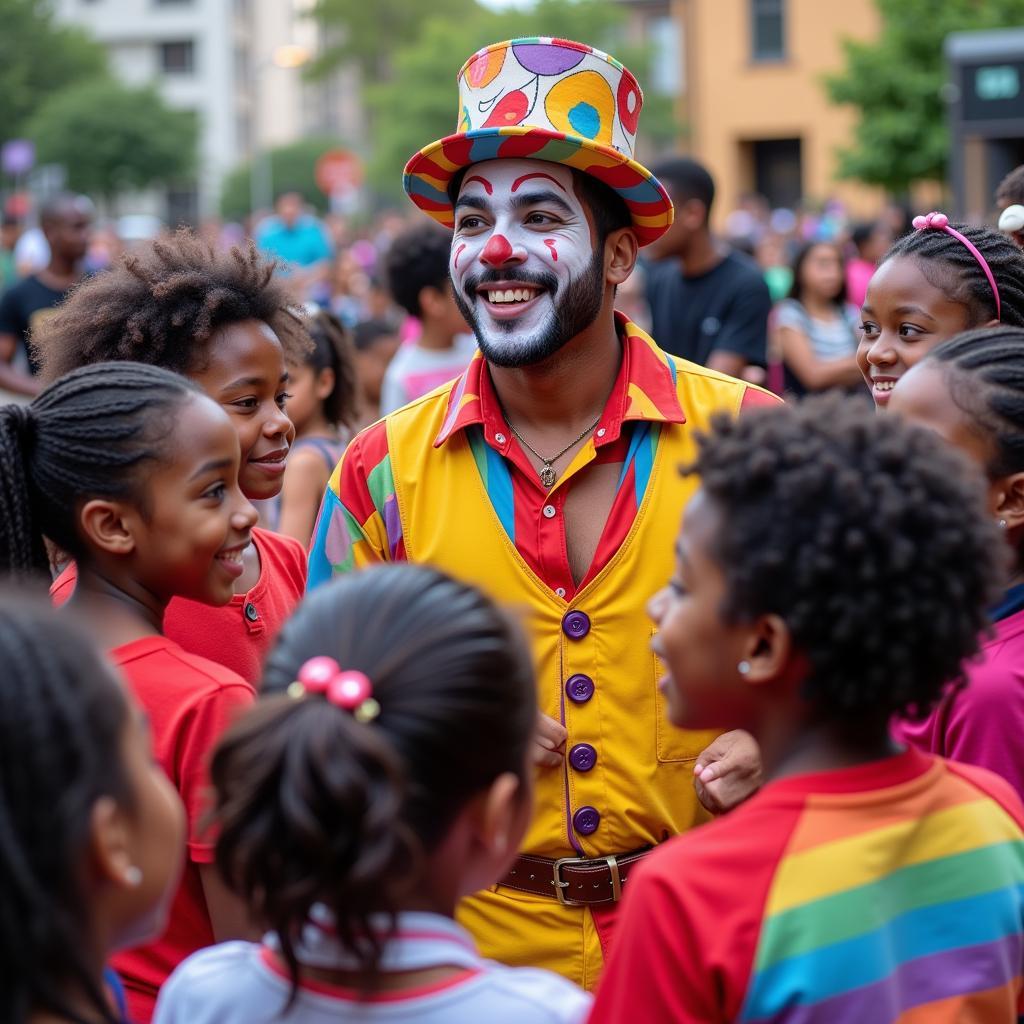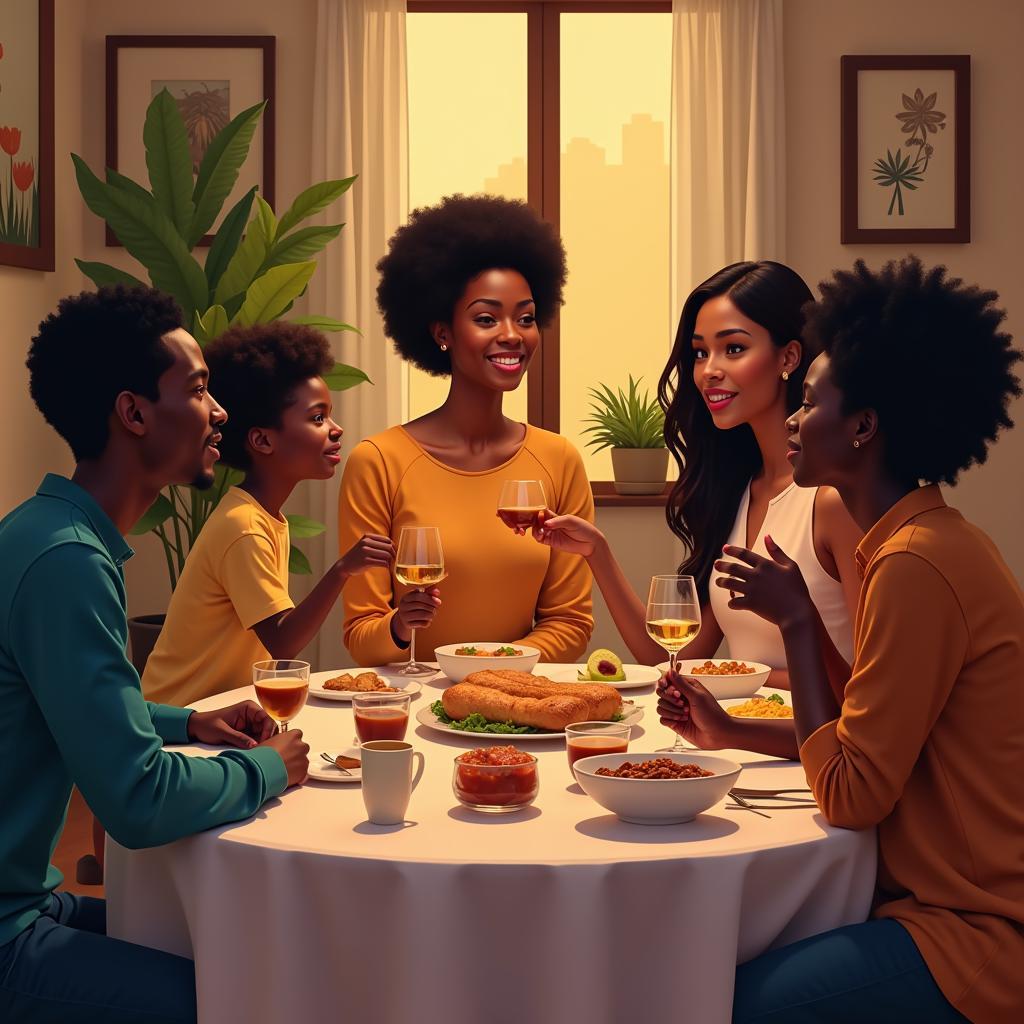Unveiling the History and Significance of the African American Clown
The image of the African American Clown is a complex and multifaceted one, steeped in a rich history that intertwines joy, sorrow, struggle, and resilience. While the cheerful facade of a clown might evoke laughter and lightheartedness, the journey of Black clowns in America is deeply rooted in the nation’s tumultuous past, reflecting the perseverance and creativity of Black artists in the face of adversity.
From Minstrelsy to Liberation: Tracing the Evolution of Black Clowns
The story of the African American clown begins during a dark chapter in American history: minstrelsy. This form of entertainment, popular in the 19th and early 20th centuries, saw white performers donning blackface and portraying racist caricatures of Black people. These depictions often included exaggerated features, tattered clothing, and the use of burnt cork to darken their skin.
Within this exploitative context, Black performers were often relegated to playing stereotypical roles, including the “clown” character. However, even within these restrictive confines, Black artists found ways to subvert the narrative. They infused their performances with wit, satire, and subtle commentary on the realities of racism and segregation.
As the 20th century progressed and the Civil Rights Movement gained momentum, Black clowns began to redefine their image. They reclaimed the clown persona, shedding the vestiges of minstrelsy and embracing authentic representations of Black joy, humor, and cultural experiences.
Icons of Laughter and Resilience: Celebrating Notable African American Clowns
Several African American clowns rose to prominence, breaking barriers and inspiring generations.
-
Bert Williams: A vaudeville superstar in the early 1900s, Williams challenged racial stereotypes through his comedic timing and poignant songs. He became the first Black performer to land a leading role on Broadway, paving the way for future generations of Black entertainers.
-
George Walker: Williams’s comedic partner, Walker, shared the stage and the struggles, contributing significantly to their act’s success and challenging racial boundaries in the entertainment industry.
-
Emmett Kelly: Though not African American himself, Kelly, a renowned white clown, adopted a persona that challenged racial caricatures. His “Weary Willie” character, with its melancholic demeanor and tattered clothing, subverted the traditional happy-go-lucky clown image and resonated with audiences across racial lines.
 Contemporary African American Clown Entertaining Children
Contemporary African American Clown Entertaining Children
The Legacy Continues: Black Clowns in Contemporary Culture
Today, African American clowns continue to thrive, carrying the torch of laughter, resilience, and cultural representation. They perform in circuses, theaters, community events, and even use their platform to address social issues and advocate for change. Their presence serves as a reminder of the power of humor to transcend boundaries and inspire hope, even in the face of adversity.



